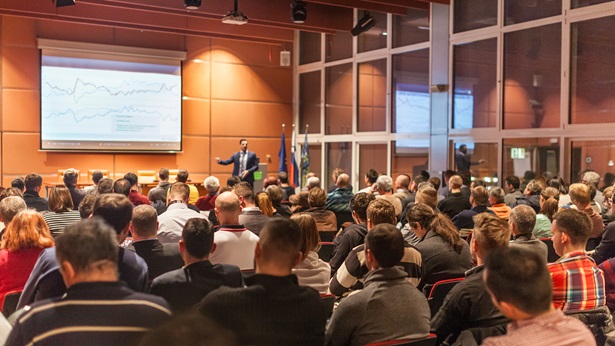Barriers to Cost-Effective Green Infrastructure
Green infrastructure uses vegetation, soils and other elements to manage rainwater close to where it falls. Practices include infiltration trenches, drywells, bioswales, raingardens, green roofs, cisterns, downspout disconnection and vegetated wetlands.
Green infrastructure can help save money by downsizing or eliminating the need for traditional curb and gutter drainage infrastructure. However, such tradeoffs must be allowed by local authorities.
NAHB polled membership to find out why more builders and developers don’t use green infrastructure techniques. For those respondents who had previous experience, 66% identified administrative rather than technical issues as the biggest roadblock to installing cost-effective features in residential developments.
Findings suggest that interventions such as municipal plan reviewer training and improvement in design and planning review protocols could go a long way to getting more features in the ground successfully.



